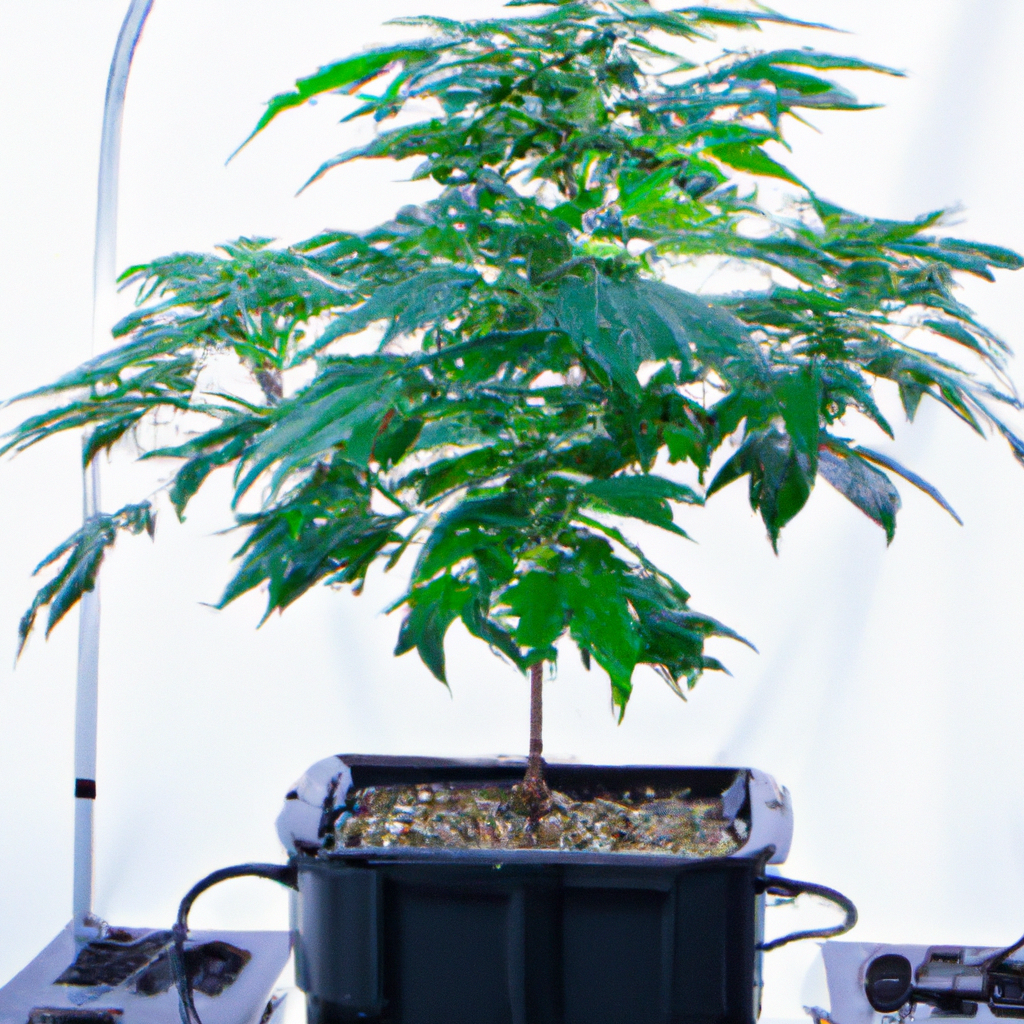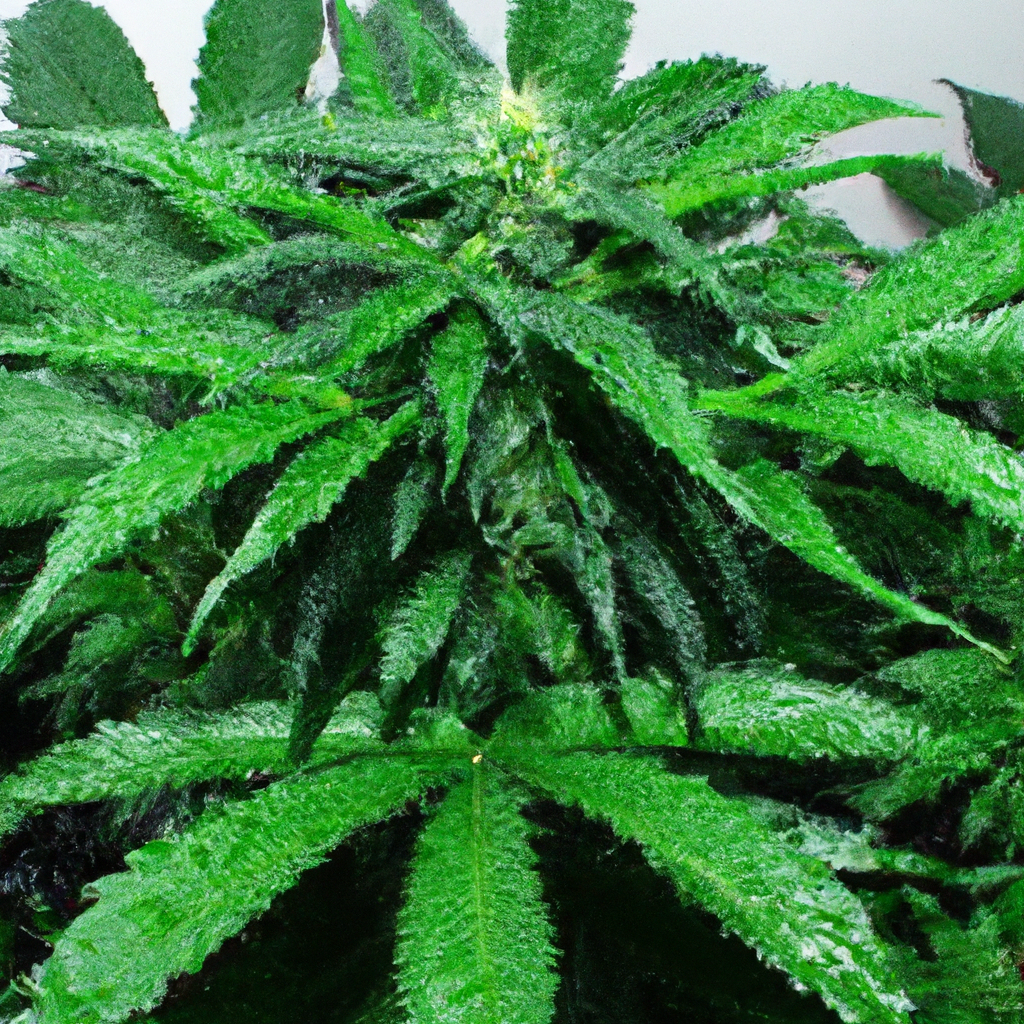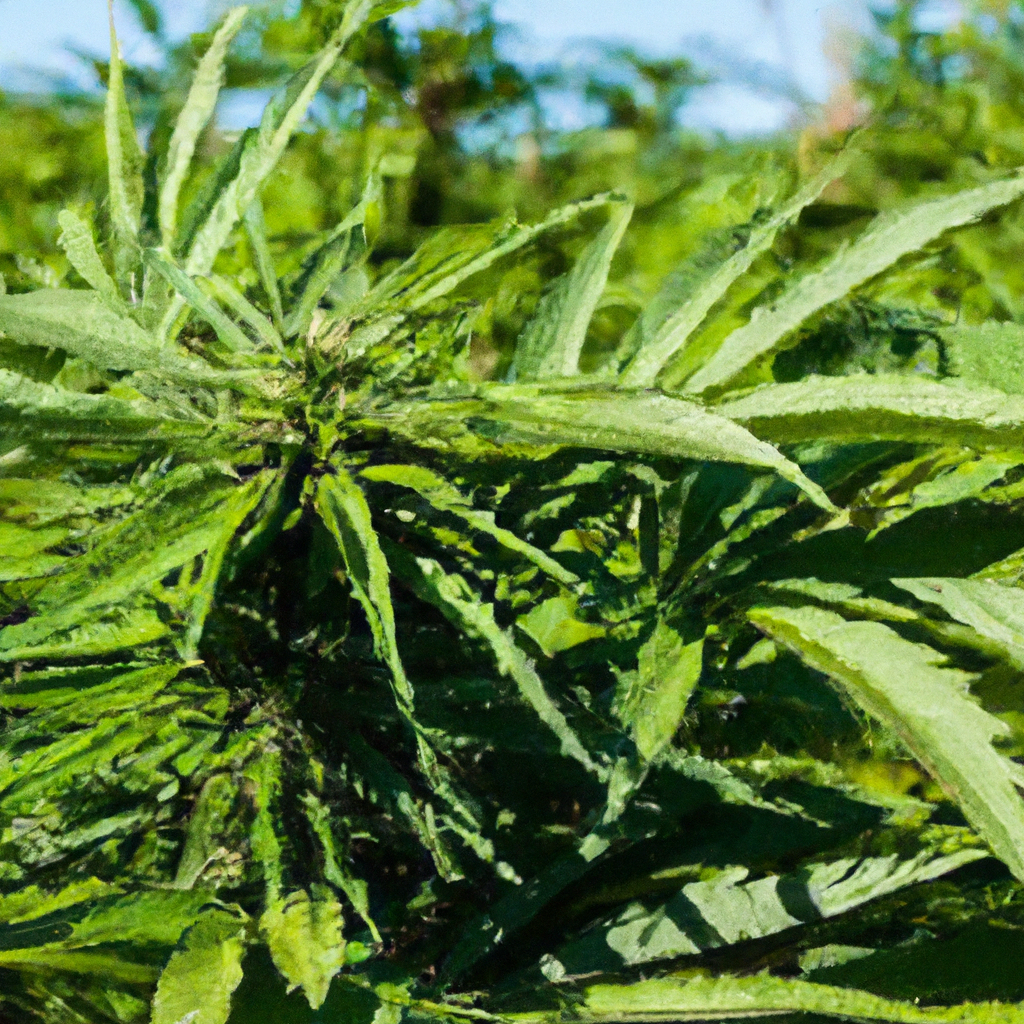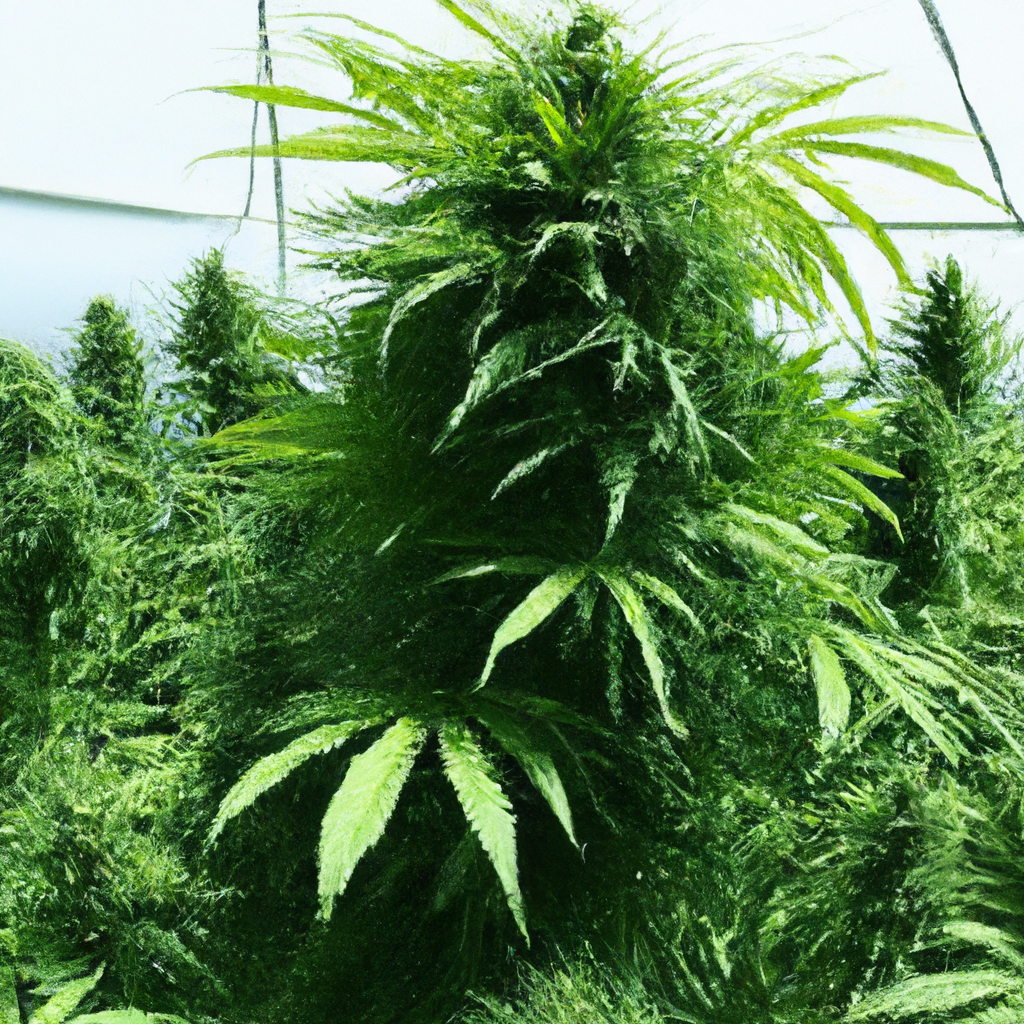Your cart is currently empty!
Tag: IndoorGrowing

As cannabis cultivation moves indoors, the interplay between plant health and indoor air quality becomes increasingly important. Poor air quality can hinder cannabis growth, yield, and quality, making it crucial to understand and optimize your grow space environment. This post delves into how elements like dust, mold, CO2, and humidity affect plant health and offers…

Growing cannabis involves balancing both art and science, particularly in managing environmental factors like wind burn, which can stunt growth and reduce yield. Wind burn occurs when plants face excessive airflow, leading to dry and curled leaves due to moisture loss. To prevent this, position fans indirectly above the canopy with adjustable speeds, especially for…

Growing cannabis indoors requires meticulous attention to air quality to ensure optimal plant health. Effective techniques include using ventilation systems for air exchange, carbon filters for odor and impurity removal, and air purifiers with HEPA filters to capture harmful particles. Controlling airflow is also crucial to prevent mold. Regular monitoring tools like CO2 monitors, humidity…

Growing cannabis indoors using soil offers both challenges and rewards, hinging on understanding and optimizing soil-based cultivation. Key tips include selecting well-draining soil rich in organic matter with a balanced pH, managing nutrients with a focus on both macro and micronutrients, and incorporating organic amendments like worm castings. Effective watering involves consistency and allowing soil…

Growing cannabis indoors presents unique challenges and rewards, regardless of your experience level. Mastering indoor cultivation can enhance both yield and quality. Essential factors include replicating natural conditions with full-spectrum LED lights, maintaining optimal temperature and humidity, and ensuring good air circulation. Nutrient management is crucial—balancing primary and micro-nutrients and maintaining appropriate pH levels. Common…

Growing cannabis successfully requires mastering effective watering techniques to optimize plant health and yield. This article delves into innovative methods such as capillary matting for even moisture distribution, drip irrigation for precise water delivery, smart sensors for real-time monitoring, and bottom watering to strengthen the root system. Addressing challenges like overwatering and pH imbalance can…

Growing cannabis requires a careful balance of nutrients, which is crucial for optimizing yield and quality. This post emphasizes nutrient tuning, focusing on essential macronutrients—Nitrogen, Phosphorus, and Potassium—and the supplementary role of micronutrients. It guides on diagnosing nutrient needs through observation and testing, and implementing strategies like consistent feeding schedules, maintaining optimal pH levels, and…

In the world of cannabis cultivation, effective crop monitoring is essential for enhancing yield and ensuring plant health. This article offers practical tips and innovative techniques for successful monitoring, from using environmental sensors and soil test kits to visual inspection tools. Addressing challenges like data interpretation, pest and disease outbreaks, and nutrient imbalances, the post…

Growing cannabis successfully involves balancing art and science, with pH management being a crucial yet often neglected factor. Proper pH levels significantly affect nutrient absorption in cannabis plants, with ideal ranges varying between soil (6.0-7.0) and hydroponic systems (5.5-6.5). To ensure healthy growth and high yields, growers should invest in accurate pH monitoring tools, such…

Growers often overlook the impact of wind on cannabis plant health, but it can be harnessed to boost plant strength and yield. This post explains how to implement wind stress techniques effectively. Mild wind stress promotes thicker stems and more extensive roots, enhancing support for larger buds. Techniques include using oscillating fans for indoor grows…
